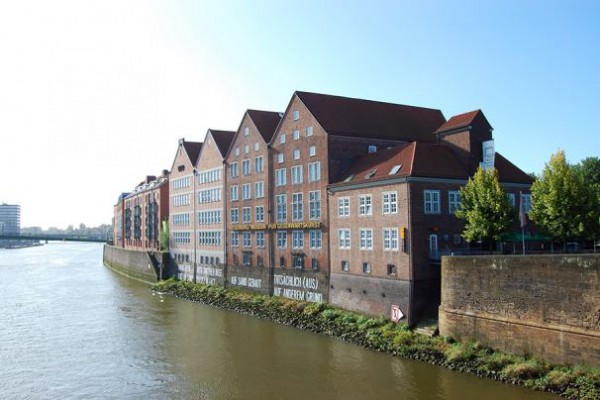Art World
Uncertainty for Europe’s First Collector-Run Museum


Henri Neuendorf

Founded in 1991, the Weserburg Museum in the German city of Bremen was the first collector-run museum in Europe. Now, the pioneering institution faces an uncertain future as it struggles to accumulate sufficient funding to remain in its current location, Monopol has reported.
Since its opening the museum has been located in a 5,000-square-meter former coffee depot on the banks of the river Weser. Reports suggest that the museum building requires immediate renovation work estimated to cost €9 million ($11.52). Meanwhile, director Horst Friese is fighting to maintain the independence of the institution. “If the public doesn’t wake up, I fear that the Weserburg will shrink and fade into an unrecognizable remnant of itself in a small, indifferent, interchangeable space.”
The space to which Friese refers is an alternative location scouted by a council of politicians, trustees, and conservators commissioned by the museum. Significantly smaller, the proposed location would be shared with the Wilhelm Wagenfeld Haus, known for its design exhibitions.
Two thirds of the required €9 million has already been raised by selling Gerhad Richter’s Matrosen (Sailors) (1966). According to the artnet Price Database, that work was sold in a November 2010 auction at Sotheby’s New York for $13,242,500 (€9,486,927 at the time, including buyer’s premium). The remaining funds to renovate the Weserburg Museum’s current building would have to be financed by the local government.
However, the heavily-indebted city of Bremen is reluctant to pay up. They claim that museum’s personnel costs are too high and its visitor numbers too low. The smaller, alternative space would allow the Weserburg to share personnel, tools, and storage with the Wilhelm Wagenfeld Haus, significantly reducing costs.
A decision regarding the future of the Weserburg is expected in early December.